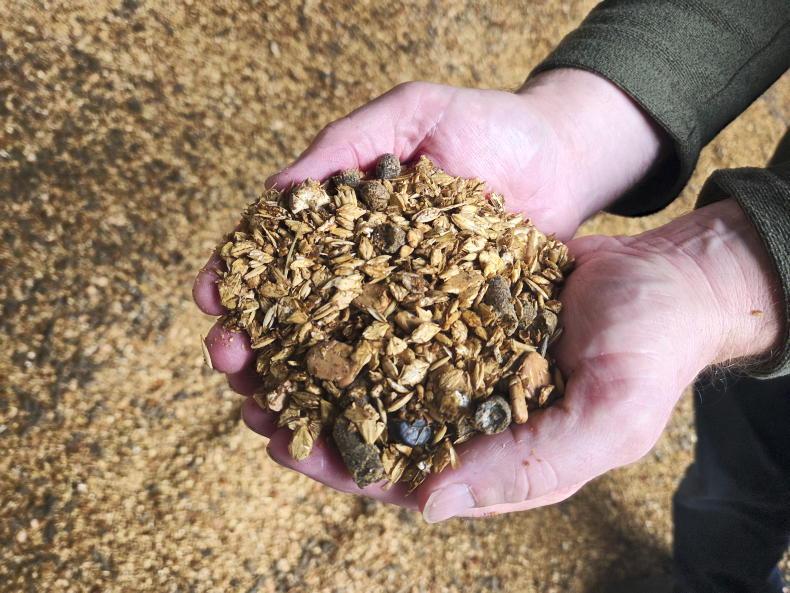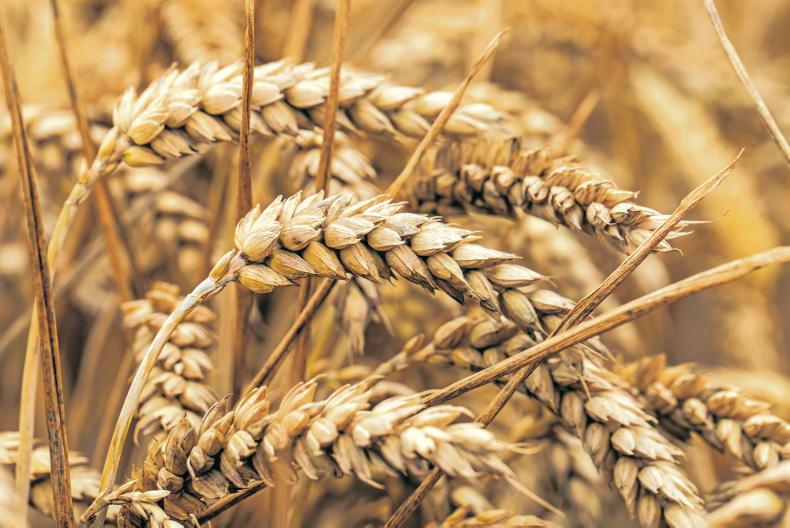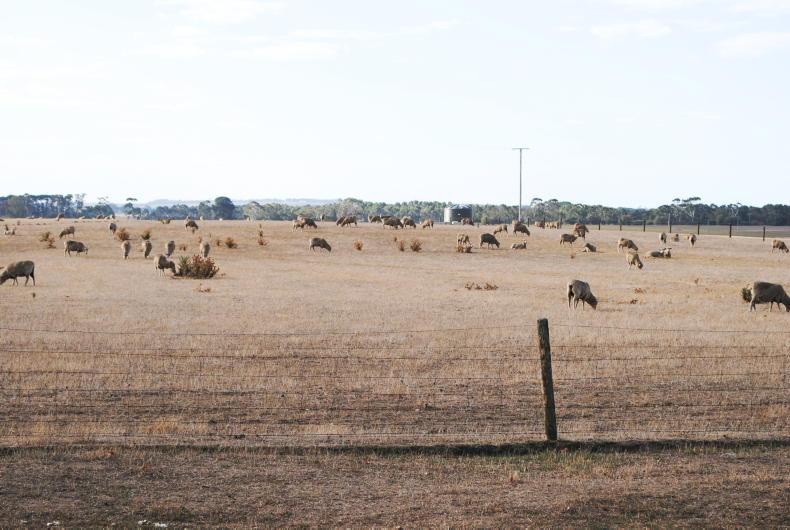The furore in the grain-producing countries of eastern Europe over the diversion of Ukrainian cereals away from the Black Sea ports to overland routes leading to Romania, Poland and Hungary should not have come as a surprise.
The extra grain from Ukraine effectively collapsed the local markets in neighbouring countries. It has also, it seems, had a spillover effect on Irish prices. This is not the first time that EU farmers have been affected by sanctions and trade distortions created by political decisions.
Everyone must sympathise with the awful plight being suffered by the entire population, including farmers in Ukraine, but together with the decision to suspend all grain import restrictions on entry to the EU and the opening up of overland routes, there should have been a fully developed plan to cope with the inevitable market disruption.
Last harvest’s price of €320/t for green feed wheat has been replaced by a futures price of €214/t for November
Some compensation measures have now been put in place but only, it seems, as a result of the uproar by farmers and the domestic political response forcing action in Brussels.
EU and Irish grain farmers are facing into a difficult cost price squeeze as it is. Last harvest’s price of €320/t for green feed wheat has been replaced by a futures price of €214/t for November.
Likewise, barley has gone from €310/t to €204/t and oilseed rape from €595/t last harvest to €405/t and the prices continue to decline.
By any standards, these are remarkable reductions in price, but coupled with the lack of corresponding falls in input prices, they demonstrate the vulnerability of EU and Irish cereal growers to fluctuations in price partly caused by understandable but hasty political decisions.
It would seem obvious to cope with unexpected surges in supply that a capacity to convert some of the surplus grain into ethanol as a green petrol replacement, as well as ensuring with extra monetary help if necessary, that the extra grain can get to where in is most needed and where it’s normal market is – principally Africa.










SHARING OPTIONS